|
Teaching kids reading nowadays is a juggling act, balancing a wide range of abilities and skills with confusion, engagement, and boredom. Differentiation is a must, not a suggestion anymore. Full class lessons are often replaced with guided reading groups. Planning guided reading groupsGuided reading can be a bit daunting for primary teachers. When you consider all of the different guided reading activities, it's no wonder we sometimes feel overwhelmed! But guided reading doesn't have to be complicated. In fact, planning guided reading groups is actually quite simple, and the benefits are well worth the effort. Here are a few tips to get you started. First, do some pre-assessment to decide on appropriate reading levels to start with. Then, choose texts that are appropriate for the levels of your students. Next, decide what you want your students to focus on during guided reading. Finally, don't forget about word work! Choose appropriate textsOnce you have decided on the levels for each reading group, it's important to have a variety of materials and topics available so that all students can be successful. You want to make sure that the texts are interesting and engaging. It's important to select books that are not too difficult or too easy, as this can lead to frustration or boredom. Fortunately, there are now many leveled readers available, so finding the perfect books for your groups should be a snap. Decide on the group focusThe needs for each group will be different. You will need to decide on what the focus will be based on these needs. Do you want them to work on fluency? Comprehension? Vocabulary development? Once you know your goals, you can choose activities and games that will help your students meet those objectives. Don't forget word workYou'll need to prepare your guided reading materials. This includes creating sight word lists, preparing word work activities, and generating questions for each group. You'll need to select language activities and games that are appropriate for each group. This is an important part of guided reading, and it's a great way to help students build their vocabulary and sight word recognition skills. There are many fun and engaging ways to incorporate word work into guided reading, so get creative and have fun! Setting up guided reading groupsGuided reading is a great way to help your students improve their reading skills. But how do you set up guided reading groups? And what should you do with the different groups? Managing multiple guided reading groups can be a challenge, but there are a few things you can do to make it easier. First, make sure you have a clear plan for each session. This will help you stay organized and keep the groups moving along at a good pace. Second, provide clear instructions and model each activity before jumping into small groups. Build in some flexibility into your schedule so that you can adjust as needed. Finally, it's important to monitor the groups and adjust as needed. This might include changing the texts or activities based on student progress or adding in intervention or enrichment activities. If you would like more specifics about setting up groups, check out these posts. Guided Reading - Getting Started Running A Guided Reading Program Keeping kids on taskOnce you get your guided reading groups set up, you need to make sure that kids are staying on task. Here are five guided reading activities that will help keep your young readers engaged: 1. Read the first sentence of the story together and have them predict what will happen next. This is a great way to get them thinking about the story and making predictions. 2. Ask them questions about the characters and what they think the characters might do next. This gets them invested in the story and thinking about the characters' motivations. 3. Have them illustrate a scene from the story. This allows them to use their imagination and really visualize what's going on in the story. 4. Have them retell the story in their own words. This helps to solidify their understanding of the story and gives you an opportunity to check for comprehension. 5. Put together a class book with illustrations from each student. This is a great way to end a guided reading unit and gives everyone a chance to see their work in print! Guided reading is a great way to support your students' literacy development. By taking some time to plan and prepare ahead of time, you'll be ready to make the most of this instructional approach! By following these tips, you'll be well on your way to success with guided reading! Get a free copy of this sight word set by signing up for my newsletter. Related PostsComments are closed.
|
About Me Charlene Sequeira
I am a wife, mother of 4, grandmother of 9, and a retired primary and music teacher. I love working with kids and continue to volunteer at school and teach ukulele. Categories
All
|
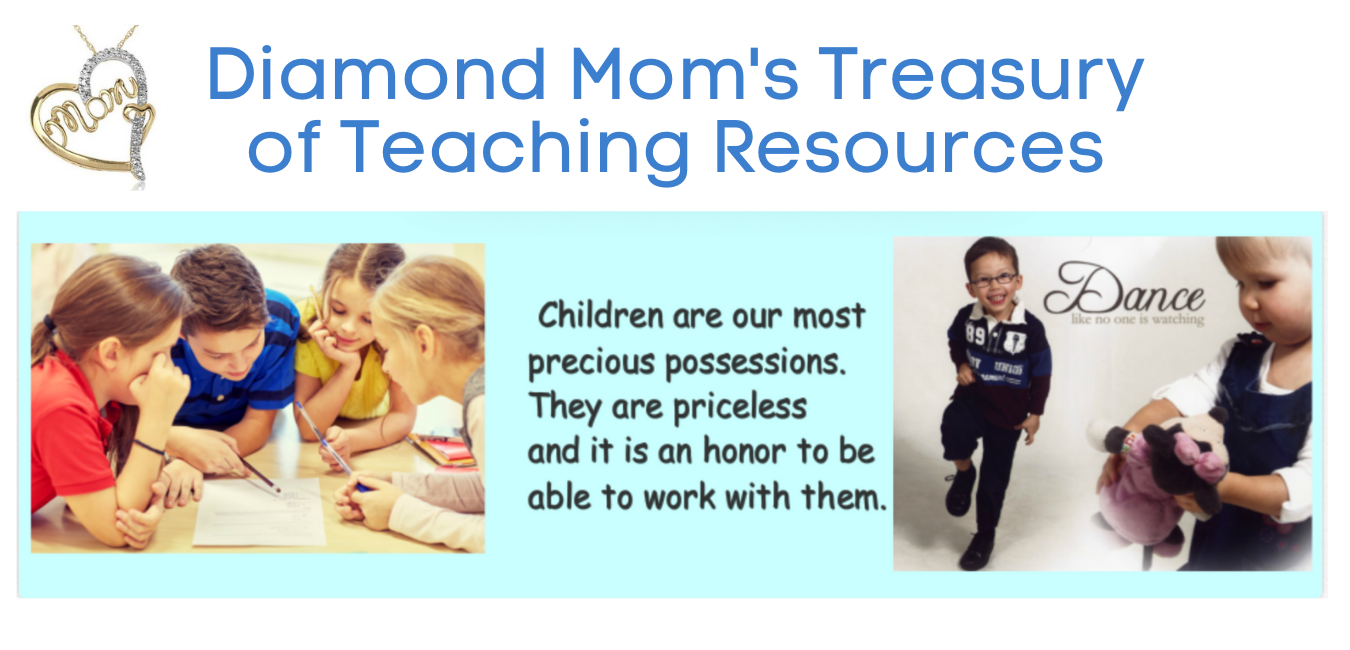
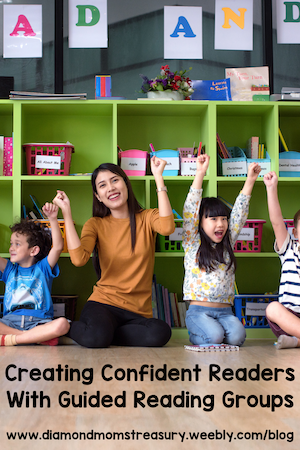
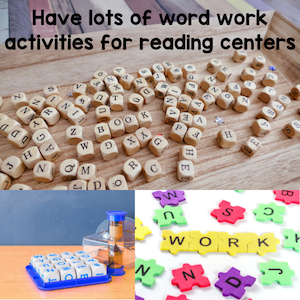
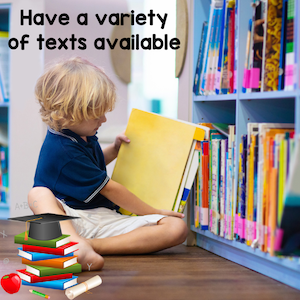
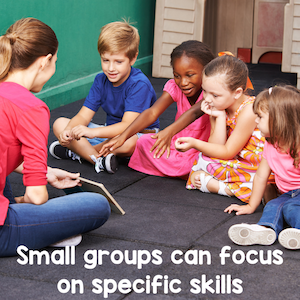
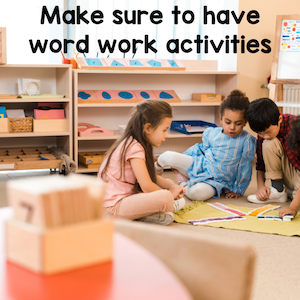
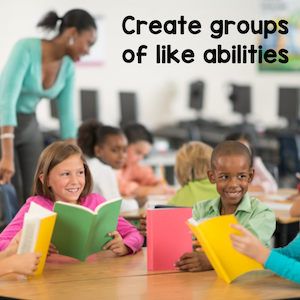
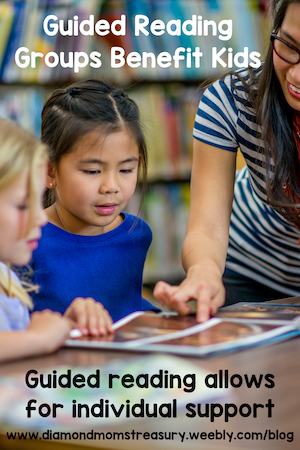
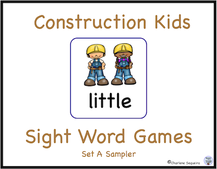
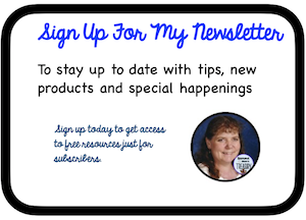
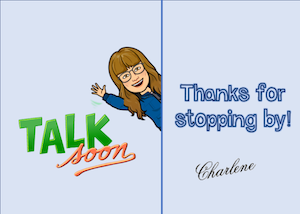
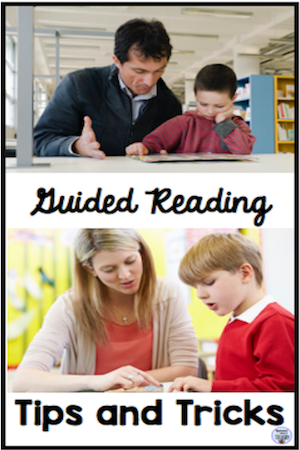
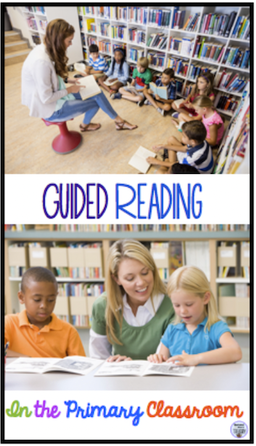



 RSS Feed
RSS Feed